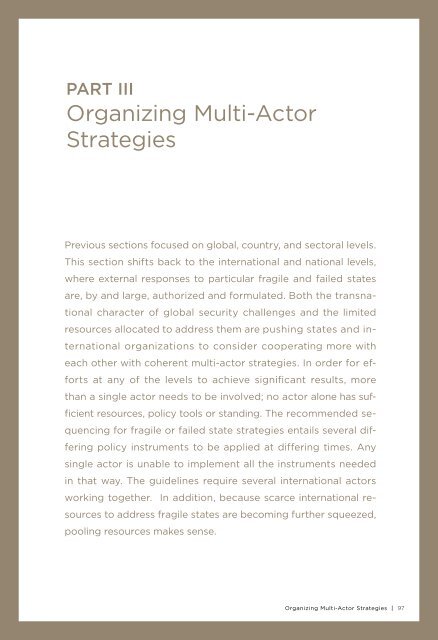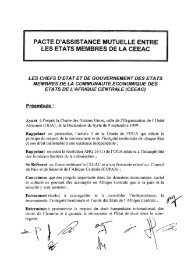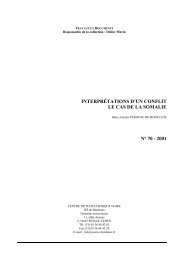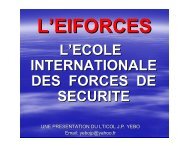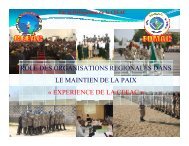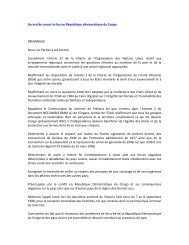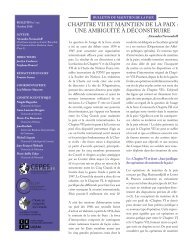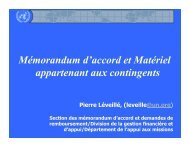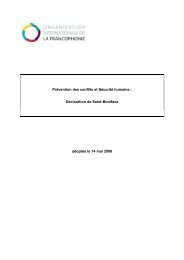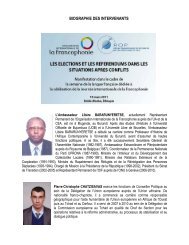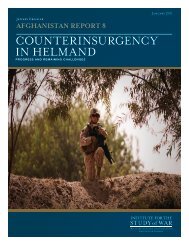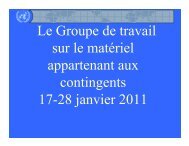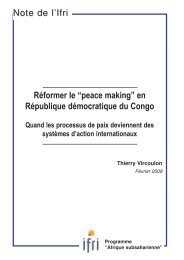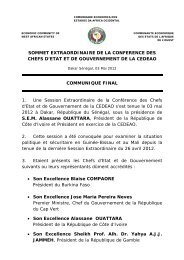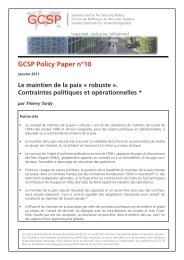engaging fragile states - Woodrow Wilson International Center for ...
engaging fragile states - Woodrow Wilson International Center for ...
engaging fragile states - Woodrow Wilson International Center for ...
You also want an ePaper? Increase the reach of your titles
YUMPU automatically turns print PDFs into web optimized ePapers that Google loves.
Part III<br />
Organizing Multi-Actor<br />
Strategies<br />
Previous sections focused on global, country, and sectoral levels.<br />
This section shifts back to the international and national levels,<br />
where external responses to particular <strong>fragile</strong> and failed <strong>states</strong><br />
are, by and large, authorized and <strong>for</strong>mulated. Both the transnational<br />
character of global security challenges and the limited<br />
resources allocated to address them are pushing <strong>states</strong> and international<br />
organizations to consider cooperating more with<br />
each other with coherent multi-actor strategies. In order <strong>for</strong> ef<strong>for</strong>ts<br />
at any of the levels to achieve significant results, more<br />
than a single actor needs to be involved; no actor alone has sufficient<br />
resources, policy tools or standing. The recommended sequencing<br />
<strong>for</strong> <strong>fragile</strong> or failed state strategies entails several differing<br />
policy instruments to be applied at differing times. Any<br />
single actor is unable to implement all the instruments needed<br />
in that way. The guidelines require several international actors<br />
working together. In addition, because scarce international resources<br />
to address <strong>fragile</strong> <strong>states</strong> are becoming further squeezed,<br />
pooling resources makes sense.<br />
Organizing Multi-Actor Strategies | 97


